Phase separation during CIP. Measuring turbidity during CIP cleaning exemplified by the Berchtesgadener Land Dairy
Dairy
Application Detail
The Berchtesgadener Land Dairy, founded in 1927 as a dairy cooperative with 54 participating farmers, now comprises more than 1800 member farms. The dairy was already processing organic milk in the early seventies and had developed strong partnerships with organic associations, DEMETER and later also Naturland. In 1976, the Berchtesgadener Land Dairy merged with the Chiemgau Dairy to form the Milchwerke Berchtesgadener Land Chiemgau eG headquartered in Piding, Germany.
On a daily basis, the 280 employees at this ultra-modern dairy process 600,000 liters of milk into familiar and popular dairy products. The company generated a turnover of over 167 million euros in 2008. The ecological principles of the Berchtesgadener Land Dairy are closely linked with the safe and careful refinement of its milk products.
This requires the highest standards in technology and hygiene. Anderson-Negele, a longstanding partner, has made a valuable contribution in the field of process sensors to help the company meet these standards.
All devices that come into contact with the final product must be carefully cleaned to eliminate bacterial contamination. CIP systems (CleaningIn-Place) clean modules that come into contact with the process, such as tanks, piping and sensors, without it being necessary to dismantle the system parts, thus ensuring a high availability of the entire production plant. In the food industry, the CIP system is therefore an essential, permanent component necessary for maintaining quality standards and meeting hygienic regulations during production. The automation of the CIP process requires reliable sensors that meet the stringent requirements for chemical resistance and withstand rapid and frequent temperature fluctuations, thus ensuring a reliable process flow.
The CIP system of the Milchwerke Berchtesgadener Land Chiemgau eG was entirely rebuilt in 2007 and now consists of 10 cleaning circuits for the raw milk area, the production plant and the tanks. An additional five circuits are used to clean the milk tankers.
The CIP/SIP process
- Pre-rinse with warm water
- Alkaline cleaning phase
- Intermediate rinse
- Acidic cleaning phase
- Disinfection
- Final rinse
Measuring turbidity of the CIP return flow
Rinse milk separation using turbidity measurement
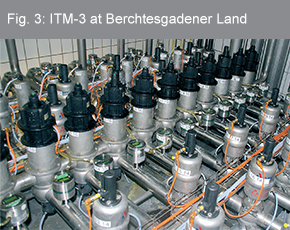
Rinse water return flow monitoring
The advantages
- Lower water consumption
- Higher efficiency – fewer rinse cycles
- Lower consumption of cleaning agents
- Greater process availability
- Reduced process costs
- Faster ROI
- Lower sewage costs
Measuring Principle of the Relative Turbidity Meter ITM-51
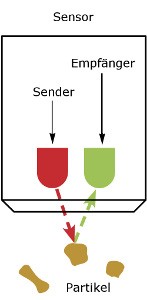

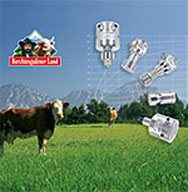
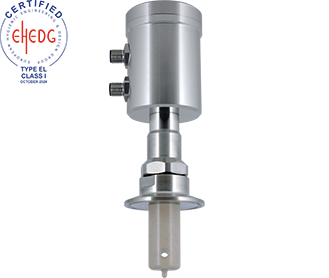
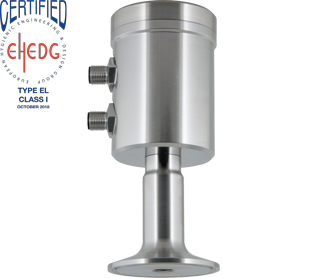
Copyright © 2022 Anderson-Negele